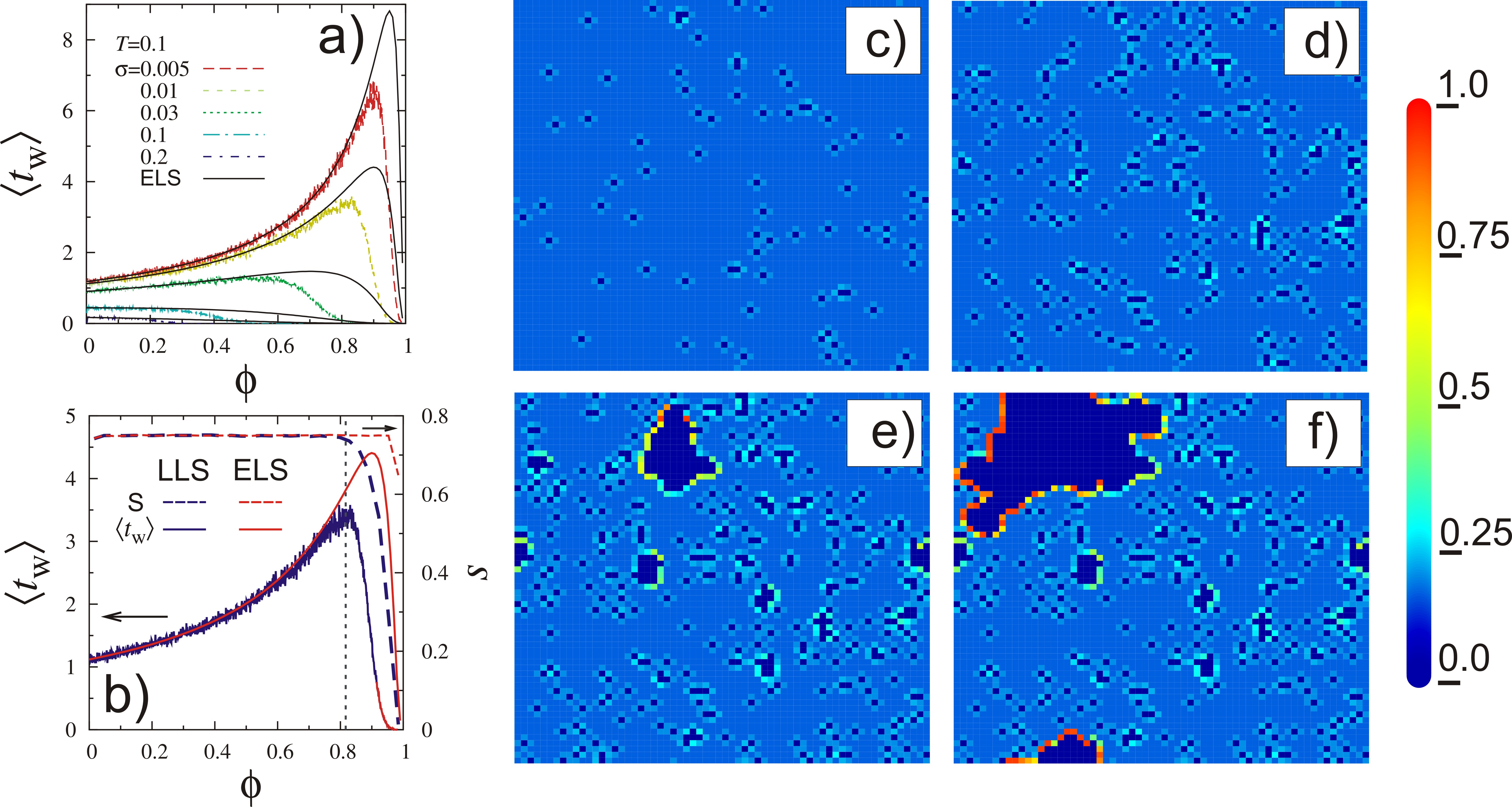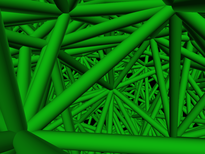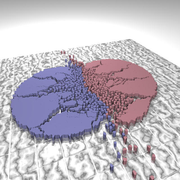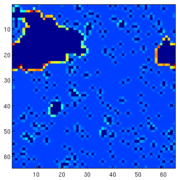Creep rupture due to thermally induced cracking
Sub-critical rupture, occurring under a constant load below the fracture
strength of materials, is of fundamental importance in a wide range of physical,
biological, and geological systems. Depending on the type of materials, creep
rupture can have a wide variety of microscopic origins from the existence of
frictional interfaces through the visco-elasticity of the constituents, to
thermally activated aging processes. Recent experimental and theoretical
investigations revealed the high importance of thermally activated micro-crack
nucleation in creep phenomena with consequences reaching even to geological
scales. Under creep loading failure often occurs as a sudden unexpected
event following a short acceleration period which addresses safety problems for
e.g. components of engineering constructions. Additionally, creep rupture
underlies natural catastrophes such as landslides, stone and snow avalanches and
it is also involved in the emergence of earthquakes.
Based on a fiber bundle model we showed that stress inhomogeneities play a
crucial role in the process of thermally activated sub-critical rupture giving
rise to a broad spectrum of novel behaviors. Stress concentrations, arising in
the vicinity of failed regions of the material, make the system more sensitive
to thermal fluctuations. As a consequence, an astonishing size effect emerges
where the average time-to-failure of the model system decreases as a power law
of the system size. The size scaling exponent depends both on the temperature
and on the external load. We proposed a modified form of the Arrhenius law of
lifetime which provides a comprehensive description of thermally activated
breakdown phenomena [1,2,3].

Figure: (a) Average waiting time for ELS and LLS as function of the fraction of broken fibers . (b) Comparison of the curves of average waiting time and entropy as a function of. For LLS the entropy starts to decrease when the acceleration sets on. (c,d,e,f) Snapshots of an evolving system, where fibers are colored according to their load. Deep blue represents zero load hence indicating cracks in the system.
On the micro-level, thermally driven breakdown proceeds in bursts of breakings which are separated by waiting times. The size distribution of bursts and the distribution of waiting times between consecutive events proved to have power law functional forms followed by an exponential cutoff. The power law exponents have a complex dependence on the load and temperature of the system [1,3]. To characterize the overall time evolution of the system, we analyzed the average waiting time between bursts as a function of the fraction of broken fibers. Calculations showed that the thermally induced creep process has two phases: at low loads and high temperatures the process slows down after the load is set, which is then followed by an accelerating period. However, when the load is high enough the system continuously accelerates towards failure. We demonstrated that in the case of localized load sharing, the stress concentration around cracks leads to spatial correlation of breaking events and to an enhanced breaking probability which in turn is responsible for the early acceleration [1,2,3].
In order to quantify the effect of spatial correlation on the time evolution of the creep rupture process, we evaluated the structural entropy of avalanches and their consecutive positioning. As a very important outcome, our calculations revealed that the decreasing extension and the spatial localization of avalanches to a bounded region of the specimen are responsible for the acceleration towards macroscopic failure. Final failure is driven by a single growing crack which becomes unstable as the avalanches localize to its perimeter [3].
1. N. Yoshioka, F. Kun, and N. Ito, Physical Review Letters 101, 145502 (2008).2. N. Yoshioka, F. Kun, and N. Ito, Physical Review E 82 055102(R) (2010).
3. N. Yoshioka, F. Kun, and N. Ito, Europhysics Letters 97, 26006 (2012).
News

Science on our PNAS paper
Our paper as Editors' Suggestion
Our paper as Editors' Suggestion
Index on our work
Paper in Scientific Reports
New paper in PRL
Highlighted in Physics Focus
Associate Editor of Frontiers in Physics
Radio interview on our work
Index on our research
On the cover of PRL
Research Highlights





